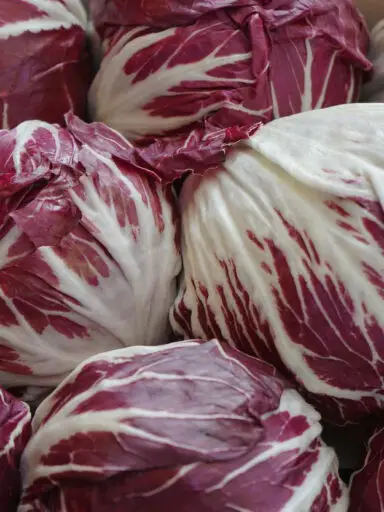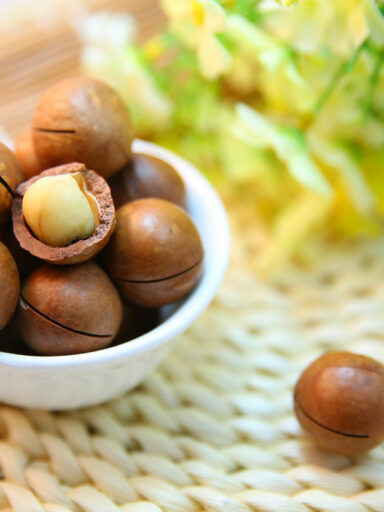Maize also popularly known as corn was first domesticated by the indigenous people in the southern regions of Mexico thousands of years ago.
Maize is a cereal that is a staple food in many parts of the world ahead of wheat and rice. It is a versatile crop that is used to make human and animal feed in various forms.
It is widely used to make ethanol, which is a form of alcohol. It is also used to make corn oil, corn starch, and corn syrup. A genetic variant that accumulates more sugar and less starch in the ear is consumed as a vegetable and is called sweet corn.
There are six major types of maize namely dent corn, flint corn, flour corn, pod corn, popcorn, and sweet corn. Corn is the word that is generally used to refer to Maize in North America, Australia, and New Zealand. Outside those regions, corn is commonly used as a general term for a wide variety of cereals.
The world’s largest producers of Maize include the United States, China, Brazil, Argentina, Ukraine, India, and Mexico respectively.
The mature maize plant grows to about 3 meters (10ft) tall. The stem is composed of about 20 internodes each about 17 centimeters long. A 120 cm long leaf grows from each node.
Between the stem and the upper leaf sheath, there are female inflorescences that grow out in the mid-section of the plant.
The inflorescences are enveloped by tightly packed leaves or husks. Elongated stigmas, called silks, emerge from the end of the husk leaves at the end of the ear.
These developed into a kernel if fertilized by a pollen grain. The entire kernel is often referred to as the seed with a cob holding several of these. Each of these kernels (fruits) is about the size of a garden pea and is arranged in rows around the carrot-shaped cob which can hold about 600 of these kernels.
The kernels tend to have a variety of colors depending on the type. The colors can be anything from blackish, bluish-gray, purple, green, red, white, and yellow among others.
Unlike wheat, maize lacks the protein gluten which makes it unsuitable for the baked goods that need to rise.
Young maize ears can be consumed raw, including the cob and silk. As the plant matures, the cob becomes tougher and the silk dries and therefore no longer edible. Towards the end of the growing season, the kernels dry out and become stone hard. This makes them difficult to chew without cooking them tenderly by boiling them in water.
Maize is a summer crop when grown in temperate regions as it does not do well in cold weather. In tropical regions, it can be grown all year round. It requires fertile and a lot of moisture seeing it bears shallow roots.
Maize can be purchased in stores and marketplaces all year around. It can be purchased corn on the cob with the husks removed or left intact. It can also be sold in the form of the individual kernels stripped off the cob fresh or dried.
One can also buy corn in the form of ground into flour, popcorn, or the various extracts including ethanol, corn starch, corn oil, cornflakes, or corn syrup.
Dried maize can be stored for several months and years in the right conditions. Generally, at home, you want to store it in a cool dry, and dark place away from humidity.
Fresh, soft kernels or cobs should be stored in a refrigerator and better yet, they should be purchased when ready to consume.
Maize in the Culinary Setting
In the kitchen, one can consume maize in several different ways. Generally, Maize purchased with the husks does not require washing. If purchased without the husks one should wash them under cold running water to remove any dirt.
The soft maize can be steamed, boiled, roasted, or grilled on the cob and eaten as a snack. The same can be eaten as a vegetable whether as individual kernels or as baby corn depending on the recipe.
Corn can be eaten as an ingredient in salads, pizza, pasta, risotto, and vegetable stew dishes. The dry variety can also be boiled until soft and eaten as a starch component of a dish mixed with beans and other vegetables.
The group flour can be cooked into cornmeal and eaten as the main carbohydrates component of a dish. This can be in the form of porridge, grits, or mash.
Maize flour can also be eaten as a snack or used in baked products such as cornbread, cooking and crackers, tortillas, tamales, pozole, atole, tacos, quesadillas, chilaquiles, enchiladas, and tostadas among others.
Cornstarch is used as a thickening agent in cooking while corn oil can be used to fry foods as well as a condiment in salads. The oil can also be used to make salad dressings.
Corn is also commercially processed to make breakfast cereals most notably cornflakes. It is also used to make packaged snacks such as the different varieties and derivatives of popcorn.
Corn syrup can be used as a sweetening agent in desserts and toppings on other cakes and pastries.
Health and Nutrition Benefits
Maize is a good source of carbohydrates providing 86 calories per 100 grams. It also has good amounts of fats and oils and contains no cholesterol. It is also a good source of dietary fiber.
Maize comes with good amounts of B-complex vitamins including niacin, pantothenic acid, pyridoxine, riboflavin, and thiamin.
Maize has good amounts of vitamin A, vitamin C, and sodium. As for the minerals, you get the benefits of decent amounts of copper, iron, magnesium, and zinc.




